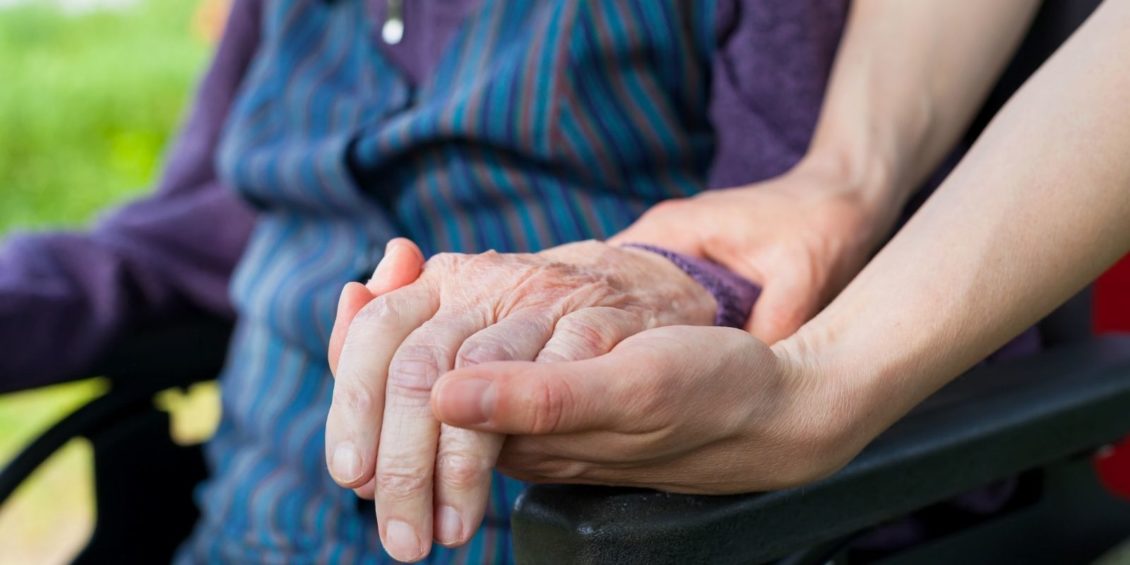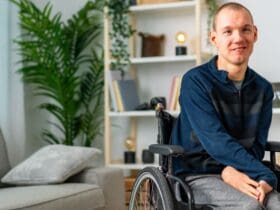Parkinson’s disease causes symptoms and treatment provides therapies to stabilize or minimize issues with general mobility and how everyday activities are performed. Parkinson’s disease is a neurodegenerative illness that affects neurons in the brain causing hand tremors, limb rigidity, and gait and balance symptoms that emerge slowly over time.
What is Parkinson‘s disease?
Parkinson’s disease is the second most common degenerative brain illness, and it has a variety of effects on people. Not everyone with Parkinson’s will experience all of the symptoms, and even if they do, they won’t necessarily occur in the same order or intensity. Parkinson’s disease has a progressive pattern that goes through different stages.
Symptoms of Parkinson’s Disease
With the initial onset of Parkinson’s, the person experiences just minor symptoms that do not interfere with regular activities. Only one side of the body has tremors and other movement symptoms. Posture, movement, and facial expressions all change.
- Over time, the symptoms begin to worsen. Both sides of the body have stiffness, tremors, and other movement disabilities. There may be issues with walking and posture. The person can still live independently, but everyday duties are more difficult and time-consuming.
- As the disease progresses, loss of balance and sluggish movements are common, and so accidents and falling. The person is still entirely independent, but basic activities like dressing and eating are difficult.
- Symptoms will become more severe and restrictive. While it is possible to stand without assistance, moving may necessitate the use of a walker. The person will need help with chores and is unable to live alone.
- Advanced stages are the most debilitating. Leg stiffness can make it difficult to stand or walk. The individual is confined to a wheelchair or is bedridden. All activities necessitate round-the-clock nursing care. The individual may also have hallucinations and delusions.
Non-motor Symptoms of Parkinson’s Disease
Parkinson’s non-motor symptoms have no effect on movement. Other symptoms affect mental health, memory, pain, and bodily functions. These can include:
- Fatigue
- Low blood pressure
- Bladder and bowel problems
- Excessive sweating
- Insomnia
- Swallowing, eating, and controlling saliva
- Speech problems
- Deteriorating eyesight
- Anxiety
- Dementia
The Role of Physical Therapy for Parkinson’s Disease
While there is no cure, following Parkinson’s disease treatment guidelines can manage or relieve the associated symptoms. Treating Parkinson’s disease involves a team of medical professionals that include a neurologist, and occupational, physical, and speech therapists, a counsellor, and nutritionist.
The goals of treatment vary for each person, but in most cases, treatment for Parkinson’s disease is designed to help with movement and balance issues, because people with Parkinson’s are at risk of falling and experiencing additional injuries. Medication, physical therapy, and, in certain situations, surgery is used to treat the condition.
Physical therapists work with patients and their families to manage symptoms, preserve fitness, and stay as active as possible. Hands-on care, patient education, and recommended mobility all help to improve quality of life. They also focus on posture, gait, balance, speech, and writing skills, reducing rigidity, and reversing slowed motions.
Assessment before Therapy for Parkinson’s disease
The physical therapist will work with the patient to manage individual circumstances now and as the condition develops, because the disease affects everyone differently. Following a diagnosis of Parkinson’s disease, the physical therapist will do a thorough examination that includes tests to assess your posture, strength, flexibility, walking, endurance, balance, coordination, and attention while moving.
The physical therapist will create a tailored treatment plan based on your test results to help you stay as active and independent as possible. Exercises and approaches to counteract the symptoms of Parkinson’s disease will be part of your program.
Parkinson’s Treatment and Exercise
Depending on the nature and severity of the illness, the treatment plan may include activities and instruction to assist with the following:
- Improve strength, flexibility and fitness.
- Develop strategies for moving in/out of the bed, chairs, and navigating stairs.
- Standing and turning safely.
- Improve balance and coordination with walking.
- Improve hand movements.
- Minimize the risk of falling.
- Learn how to multitask.
- Participate in important activities.
- Maintain mental awareness.
- Offer recommendations to adjust the home environment so it is safe.
Daily activities might be frustrating and time-consuming for people with Parkinson’s disease. Physical therapists work with the patient and their support system to manage symptoms.
Some people with Parkinson’s benefit from using a cane or a walker, but the physical therapist will work with the patient to establish which aids are suitable.
Parkinson’s physical therapy exercises
There is no universal exercise regime for those with Parkinson’s disease. The type of exercise is determined by symptoms and challenges frequently faced. Simply getting up and moving is beneficial for inactive persons.
- People who are more active can progress to regular, vigorous activity. Many methods can assist to preserve and enhance mobility, flexibility, and balance, as well as alleviate non-motor symptoms. The most important thing is to do the exercise regularly both indoors and outdoors and to do it safely.
- Increasing exercise to 2.5 hours per week may help to slow down the progression of symptoms. Focus on remaining active if symptoms are minor. Try working out in the gym, running, cycling, tennis, high-intensity Parkinson’s programs, circuit training, or boot camp classes.
- Focus on exercise that requires effort if the symptoms are getting worse. Strength, balance, movement, and flexibility can all be improved with yoga, tai chi, Pilates, or Parkinson’s exercise programs.
- If the symptoms are more severe, concentrate on the everyday movements and tasks that are challenging. This could be used to practice getting out of a chair. Workouts with support will help with safety and confidence. Try exercising in a chair or standing up while holding on to something solid.
A physiotherapist can provide the proper guidance and support on what will be most beneficial. If the patient prefers to exercise alone, they may give a tailored exercise routine to follow at home and suggest sports to participate in like golf or yoga.
They can also demonstrate how to stretch and exercise the joints and muscles to keep them flexible. This will help in moving more smoothly and easing stiffness.








Leave a Reply
View Comments